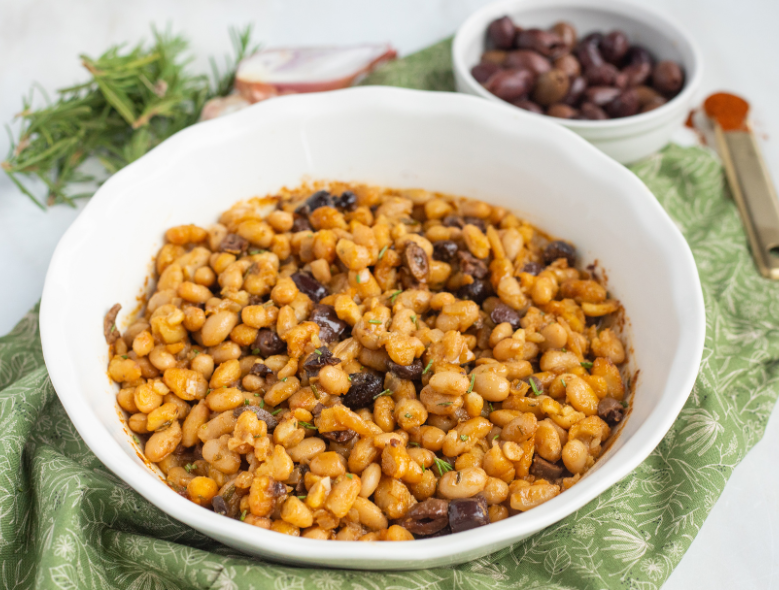DIY Spice Blends
Looking to cut back on sodium? Make your own spice blends to add more flavor to your dishes, cut back on salt, and give your heart-healthy, diabetes-friendly recipes a personal touch.
Rosemary is a perennial herb that has long held a beloved place in gardens and kitchens around the world. Initially from the Mediterranean, rosemary has been used for centuries in various capacities. Find out everything you need to know about this tasty herb!

 Roasted Cherry Tomatoes with Rosemary and Garlic
Roasted Cherry Tomatoes with Rosemary and Garlic
Roasted Cherry Tomatoes with Rosemary & Garlic served on toast is a simple and flavorful dish that makes for a delicious diabetes-friendly appetizer. This is an easy recipe that features the bright colors and flavors of roasted tomatoes with fresh rosemary and fragrant garlic.
 Smoked Paprika Beans with Rosemary & Olives
Smoked Paprika Beans with Rosemary & Olives
Smoked Paprika Beans with Rosemary & Olives is a flavorful and aromatic dish that combines the smokiness of paprika with the earthy notes of rosemary and the salty richness of olives. This diabetes-friendly side dish will take your beans to the next level and is easy enough to prepare for a weeknight meal.
 Orange Rosemary Glazed Salmon with Broccolini
Orange Rosemary Glazed Salmon with Broccolini
This Orange Rosemary Glazed Salmon with Broccolini is a tasty combination of citrusy, herby, and savory flavors. It's a healthy and elegant dish that's perfect for an easy weeknight dinner.